Archways of Loyalty Piety Chastity and Justice
Saturday, August 08, 2009
 Tunxi, Anhui, China
Tunxi, Anhui, China
Hey Hey and a Big G'Day toya,
Situated in Tangyue Village in Shexian County are seven memorial archways that were built during the Ming and Qing dynasties (AD1306 – 1911). All are wonderfully set in line along the entrance road to beautiful Tangyue village. They all honor historical figures that possessed the virtues of loyalty, piety, chastity and justice. The names of the seven memorial archways are Bao Can's Archway, Kindness and Piety Archway, Archway to Bao Wenfang's Wife, Samaritans Archway, Bao Wenyuan's Archway, Bao Fengchang's Archway and Bao Jiaxian's Archway,
The archways are described as being elegant, primitive and simple. Though each is different in its own way they all show the Hui Style Carvings.
I spent most of my afternoon walking around the small alley ways of Tangyue village and then out into the lush green fields where I found a small stone seat and sat to read for two hours under the shade of an old tree. How slowly the day passed me by and did I say how wonderful it is to be back in the south of China again? I can’t put into words how good it makes me feel. Everything around me is so alive and full of colour and it leaves me teaming with energy so much so that I just want to race around taking in as much of life as I possibly can. Though my legs are still sore from all my walking and then climbing Huangshan, I can seem to sit still and nor do I want to!
Life is much too short to sit still for too long.
Monumental Archways & Stone Carvings
Monumental archways (or decorated gateways) are commemorative doorway architecture and were built in the feudal society for the purpose of honoring meritorious service, imperial civil examination, benevolent administration as well as loyalty and filial piety. Some monumental archways are outbuildings of memorial temples which are used to declare publicly the virtues and achievements of forefathers of the kindred and have additional functions of ancestor worship.
They were created to give honor those deemed worthy in a village such as dignitary, dutiful sons, chaste women, as well as persons having done good deeds for the benefit of other people. Some monumental archways are full of stele, bracket set and roof, as well as exquisite stone carvings and others however were created in a very simple manner. All though contain steles as historical testimonies describing persons and events for whom or for which the archways were established.
In traditional Chinese societies monumental archways were a symbol of filial piety and benevolence and the establishment of the monumental archway was established as a way to write ones name/life in stone, therefore to be remembered always. This of course was the highest pursuit of ancients during their lifetime. In other cases monumental archways acted as decorative gates in to temples and others were used as name boards in villages or towns. In some villages many monumental archways were arranged in line at the gate of the village or memorial temple, thus forming a sublime sight and displaying the cultural and historical tradition of the village.
Wide spread in the rural and urban areas of Huizhou stone carvings can not only be found almost everywhere but they can also be divided into many categories. They are mainly used to decorate corridor pillars in temples and dwellings, doors, windows, memorial archways and cemeteries and they are restricted only by material they are created from, Huizhou stone carving don’t embrace subjects as complicated as those of created from wood and they are mostly about animals, plants, patterns of antique utensils and calligraphy works and figures, stories and landscapes are seldom seen in most stone carvings.
Taibai Tower & Stele Garden
Yesterday when I was making my way to the Haizhou District Park I noticed a beautiful façade at the end of ancient Taiping Bridge (the river bridge to the right of the city when walking towards the Huizhou Park). I figured as I was going to return why not use this building as a starting point to my day. When I arrived at the end of the bridge there was an old man sweeping the area in front of the building and after he motioned for me to enter we headed to a little room where I thought I had to pay an entrance fee. I found out there was no entrance fee and all he wanted me to do was to write my name and where I was from in a little visitor’s book. I then found out I was in two different places, one being the Taibai Tower and the other the Xin’an Stele (stone tablet) Garden. I spent half an hour walking around the Stele Garden checking out the stone tablets and doing my best not to wake the workmen who could be found sleeping away the heat of the day.
The Xin’an Stele Gardens are just beginning to be renovated and from the looks of the workmen it may just take a little longer than anticipated. At the moment the place is rather old and not so exciting but whilst walking around it is easy to imagine how beautiful they would have been many years ago and will be if the workmen stay awake long enough to actually do some work. The stele garden shows various kinds of walls, sculptural windows and doors that have a mutual vision and the stele aisle twists and turns for more than two hundreds meters.
Taibai Tower is a double-storey building with the exemplified traditional architectural style and it is said that in the prosperous time of Tang Dynasty (AD618 – 907) the great romantic poet Li Po visited Xu Xuanping (who was a hermit in Shexian County) but they missed each other on the riverbank of the Lianjiang River. So the later people specially built this tower at the location where Li Po drunk wine and named this tower as Taibai Tower as Taibai is another name for Li Po.
Tai Ping Xin Temple
I found the Tai Ping Xin Temple after spotting its beautiful pagoda from the other side of the river as I was walking back from visiting Yuliang yesterday. You can not se the actual temple but the pagoda sets a beautiful scene from afar. Sadly I can not find any information on the internet about the temple and I had someone at the Youth Hostel ask around but no one seems to know it exists. I can tell you though that it is being slowly restored by the Tiaping Restoration Committee and that you can not actually get to tough the pagoda as it is still fenced in an area that is yet to be restored.
Maybe in a year there will be an entrance fee for not only this temple but also for the Stele Gardens. It will be a small entrance fee for all of them but I would say there will be one.
The Chinese Government doesn’t restore things for no reason.
HOW MUCH AND HOW TO GET THERE
Shexian: To get to Shexian simply walk across from the train station on Beihai Lu and grab the next bus going to Shexian. It costs between four and six Yuan (depending on which bus you get ) and the journey takes around forty five minutes to the bus station.
Tai Bai Tower & Stele Gardens: From the bus station head across the river and then walk to the bridge you see in the distance on your right side. Cross the river and at the very end of the bridge you will find the Tai Bai Tower and the Xin’an Stelae Garden. Both are really not that exciting but of course I loved them for what they are. To get to the temple when you come out of the tower/stele gardens head up the hill and you will come across the temple.
All are free!
Boa’s Garden & Memorial Arches:
Entrance fee is of course the same as everything in Tunxi.
t will cost you 80 Yuan!
Depending on the time of day you can easily add this into the same day you visit the Huizhou and Yuliang Districts. I spent too much time everywhere so I decided to do them on separate days. To get to Boa’s Garden and the Memorial Arches don’t bother catching a Tunxi bound bus and then walking for two kilometers like the LP says. Simply head to the bridge that goes over the river, (don’t cross it) cross the road instead to the bus stop going away from the river and take Bus Number 4 as it will drop you right at the gate way to the gardens.
The local bus costs Two Yuan and takes about five minutes.
Do the same for the journey back into town.
Beers N Noodles toya…..shane
___________________________________________________________
The soundtrack to this entry was by Urge Overkill
The album was 'Exit The Dragon’
____________________________________________________________
Other Entries

 Tunxi, Anhui, China
Tunxi, Anhui, China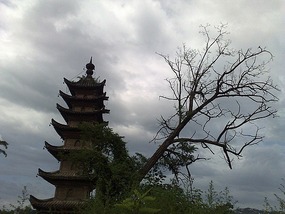
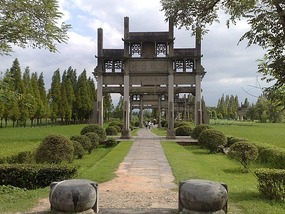

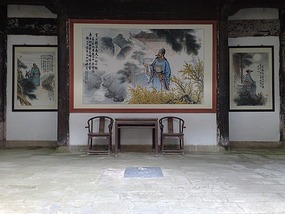

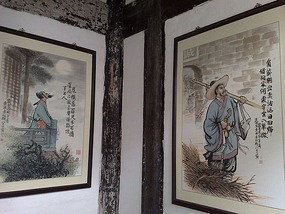
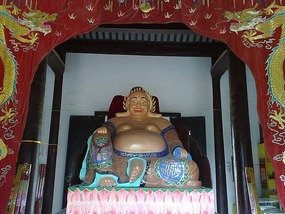
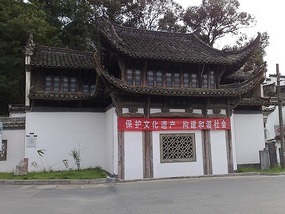
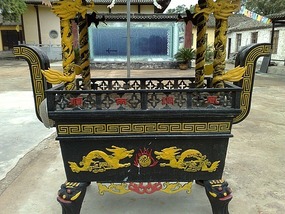

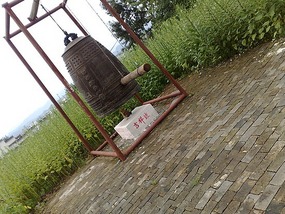
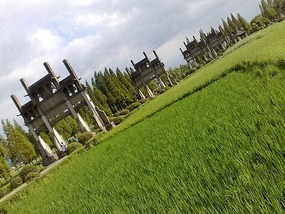
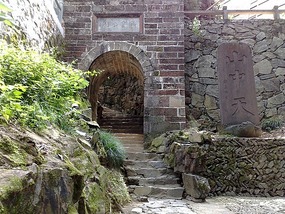
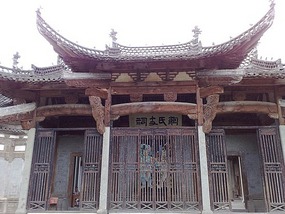
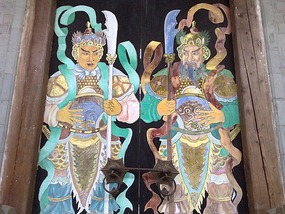
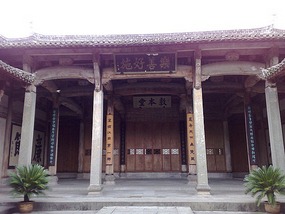
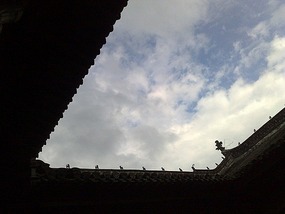
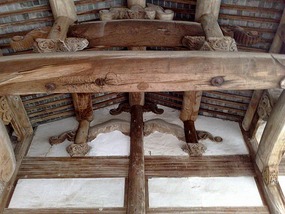
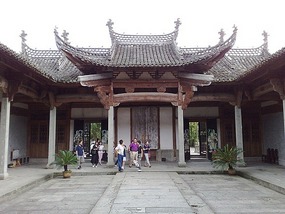
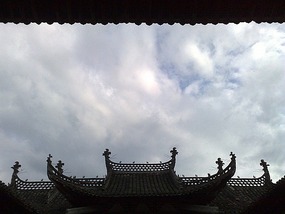
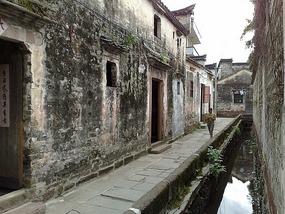
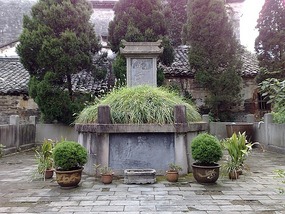
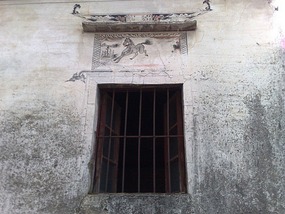
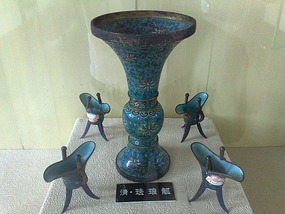
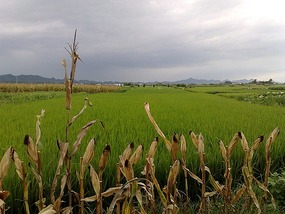
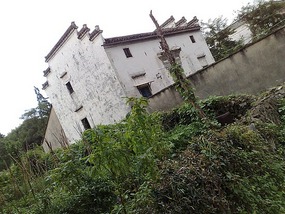

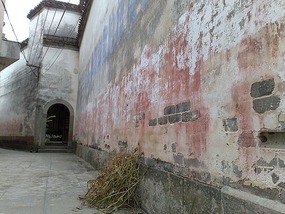
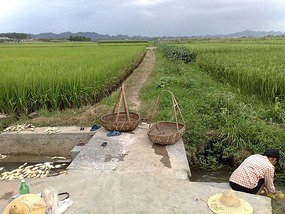
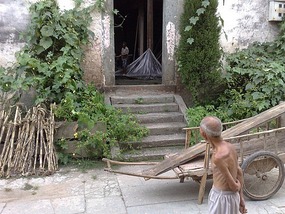
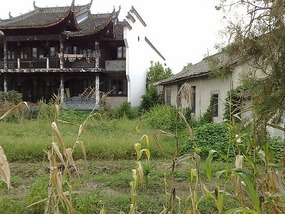
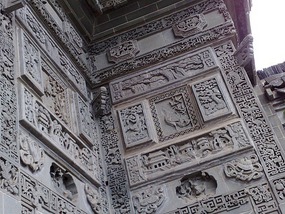
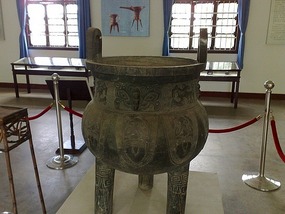
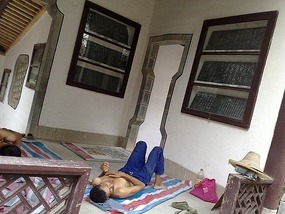
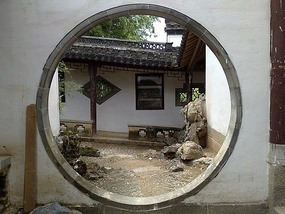
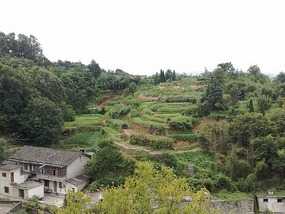
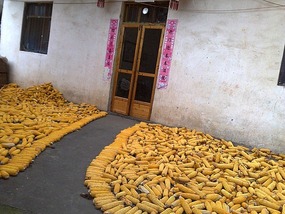
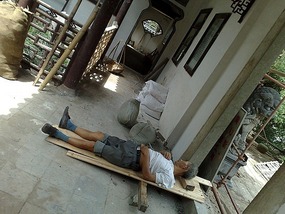
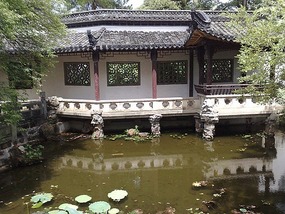


2025-05-22